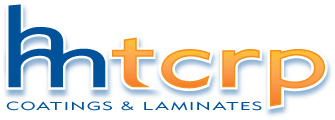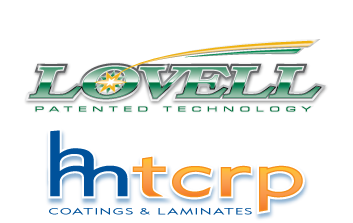Heating Laminates: Frequently Asked Questions
FREQUENTLY ASKED QUESTIONS
The following are selected data points for the conductive-resistive coatings:What surface operating temperatures are achievable with your coatings?
The medium-temperature paints and coatings operate in the range of ambient-to-400°F, while the high-temperature paints and coatings operate in the range of 400°F-to-2000°F.
What voltages can be used with the laminates?
The laminated materials that are used can insulate voltages up to 440 volts. Conductors in the high volt ranges are placed in an X-Y plane with space between conductors, and the semi-conductor coating controls resistance.
What is the range of resistance values that can be obtained with your coatings?
Our semi-conductive coating can be formulated – and thickness coated – to a resistance between 1 ohm per sq. inch in the Z axis (15 mils thick) and 1 million ohms per sq. inch in the X-Y axis (5 mils thick).
What is the watt density rating of the material?
Watts per square inch depend on the heat sink and dissipation of the material to which the laminate is attached.
What is the temperature rating of the material?
Is there a change in resistance or wattage over time?
Resistance has been tested over many years and proved to be stable.
Do you have reliability data?
The medium- and high-temperature coatings will not crack or flake after repeated heating to high temperatures and subsequent cooling. Additionally, the coatings do not adversely inhibit the flexibility of pliable substrates to which they're applied.
How is the material affected by vibration?
The semi-conductive coating is flexible, as a vinyl material, and can withstand high vibration.
How is the material affected by humidity?
Our semi-conductive coating is impervious to humidity.
Is the heat produced by the material "spotty" or uneven?
Our coating covers 100% of the area to be heated, therefore it requires lower heat per square inch to cover a specific area because of the uniform and complete dispersion of heat generated.
How are electrical connections made to the material?
Electrical connections can be made via a crimped eyelet.
Can terminals and electrodes be attached?
Terminals can be attached to the 5 mil conductive strips.
Is there a foil on the "top" and "bottom" layers which conduct the electricity to the resistor?
Yes, but only on the lower voltage laminates, which are produced in the vertical Z plane (6 VDC to 24 VDC) and can be laser-cut to any shape with uniform heat distribution.
How wide can the material be made?
The material can be as wide as what can be purchased -- roughly 36 inches.
Is the width based on any limitations of the material or is it a function of the manufacturing machinery?
Theoretically if you designed a machine to produce 10 ft. widths you could do so.







